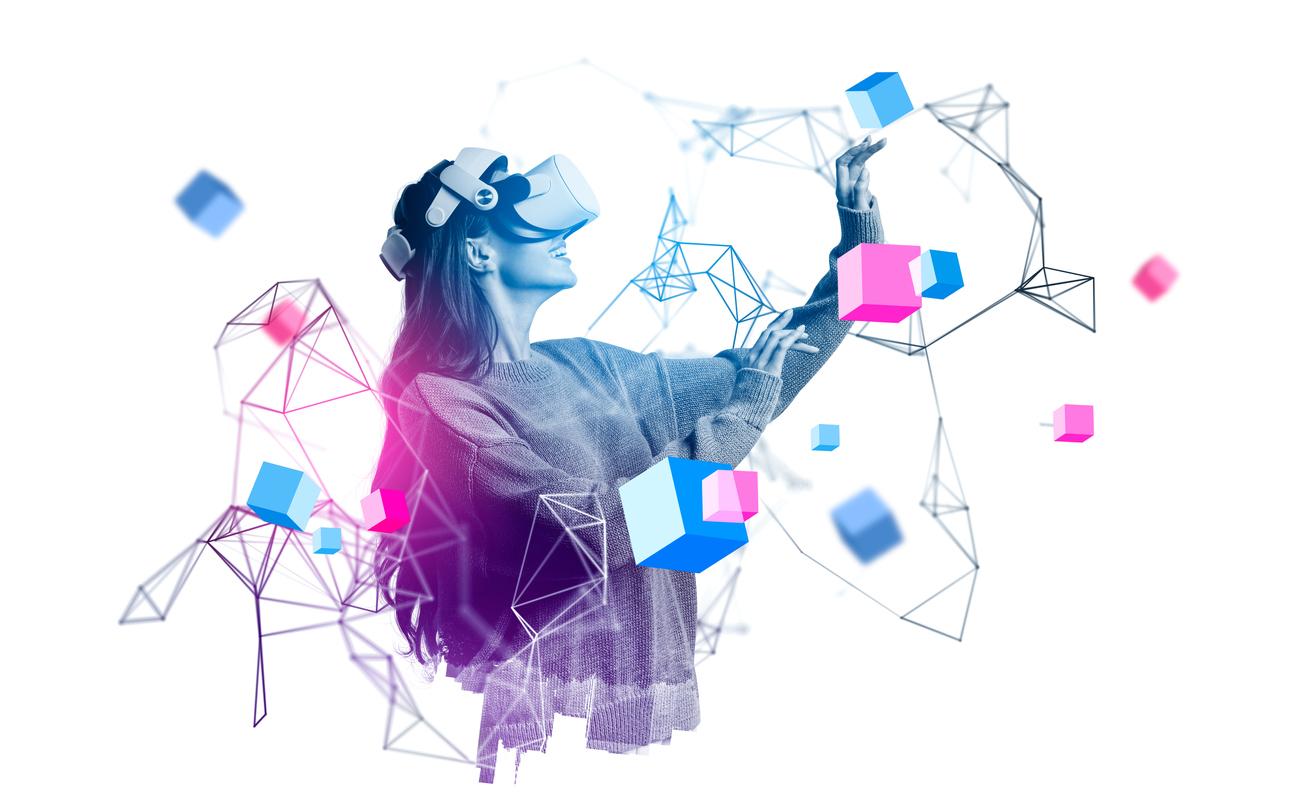Metaverses, or virtual playhouses, are transforming the face of consumerism—from corporate investment markets to people. The concept that technology may be used in business applications to create an entirely new reality and landscape of operations, rather than just a single activity, is paving the way for future corporate methods.
While it may sound like something from a science fiction film, firms are already investing in land and infrastructure in virtual metaverse realms. While this thinking may be years ahead of everyday consumption, components of metaverse realities are now being used in business-to-consumer tactics worldwide.
Consider the example of internet buying. With online shopping accounting for around $218.5 billion of the expected $1,688.6 billion in sales and continuing to grow, improving the technology experience is critical.
E-popularity commerce and accessibility have aided in meeting several essential customer demands, such as safety, cleanliness, efficiency, decreased personal travel time, better access to alternatives, and greater flexibility, to mention a few. However, holes in the buying experience persist, driving many customers to choose in-person purchasing. Person-to-person connection, product displays, reading material, and the chance to try on and physically handle the product are all strengths of retail venues.
Some of these unmet requirements can be supplied in a metaverse world, and many firms are exploring them on a limited scale. Consider Wayfair, which allows customers to capture their home area and realistically picture the goods in their location. Similarly, Luxottica’s Spectacles.com will enable users to try on a pair of glasses digitally. These capabilities improve the e-commerce experience but are far from the limit of how the metaverse might revolutionize online purchasing in the following years.
Consumers can navigate the store as if they were physically shopping, conversing with retail staff and other shoppers. Customers can virtually try on products and physically handle items in a shopping cart. While perusing the shelves and isles, The result should assist in giving the entire procedure a more authentic feel and may even contribute to an increase in online transactions.
Companies will also be able to hire people in a virtual reality environment, allowing them to better select talent that will match their firm. They will then be able to mentor their new hires through a spectacular virtual reality training experience. They may also develop metaverse environments to test ideas, goods, and customer responses using a solid combination of metaverse and AI technology.
What are the implications for businesses as we transition to a metaverse-influenced e-commerce market?
1. Businesses must improve the realistic feel of their e-commerce websites to improve client connections and increase online sales.
2. Similarly, businesses may wish to consider lowering physical infrastructure in the future to focus more on metaverse areas and technical advancements investments as a means to sales.
Incorporating the metaverse into a corporation’s sales structure results in a better virtual purchasing experience. However, you must examine a few factors to maximize this potential and break through any possible barriers. First, there must be realism so your clients can imitate an actual purchasing experience. Furthermore, businesses must be innovative; digital engineers must implement more efficient methods of creating these virtual places and increasing transactions.
Los Angeles Software Developers specialize in metaverse developments, cryptocurrency and NFTs. Contact us today to discuss your next Metaverse Development!




